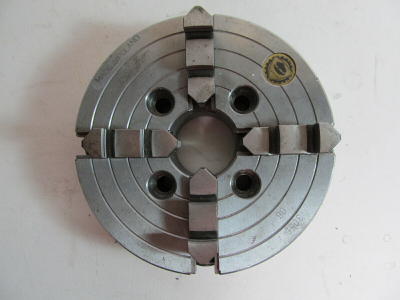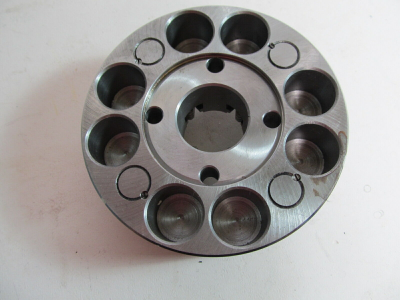- Joined
- Mar 25, 2013
- Messages
- 4,617
My headstock has been measured with an MT3 Bar and is perfect. My 6" Bison 3 jaw has very little angular runout on this lathe (I forget the exact number.)
You are obviously correct that longer items will probably have tailstock support except in the unusual situation of turning an eccentric. I like your idea though and I think I will give it one last try. I appreciate the encouragement!
You are obviously correct that longer items will probably have tailstock support except in the unusual situation of turning an eccentric. I like your idea though and I think I will give it one last try. I appreciate the encouragement!





